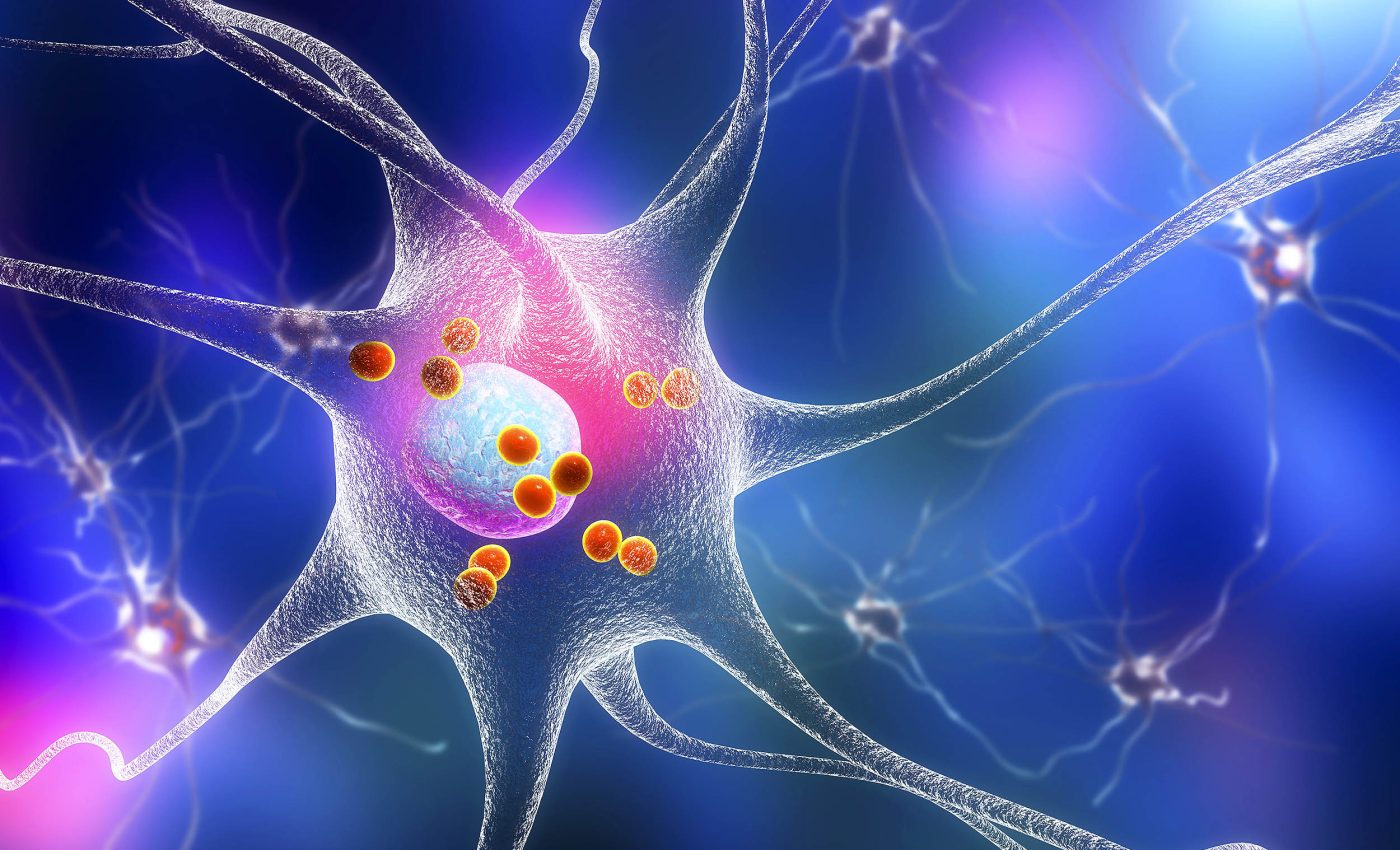
Scientists succeed in stopping the toxic protein that causes Parkinson's disease
In a new study, UK scientists report a tiny peptide that keeps a protein linked to Parkinson’s disease in its safe and normal shape. It is 11 amino acids long and blocked toxic clumping in early lab and animal tests across common lab test systems.
The molecule restored movement and cut protein deposits in a common model of Parkinson’s. The work points to a way to slow disease progression, not just mask symptoms.
How the Parkinson’s peptide works
The work was led by Jody M. Mason, a professor in the Department of Life Sciences at the University of Bath. His research focuses on peptide design that stabilizes protein shapes involved in brain disease.
One target is alpha-synuclein, a nerve cell protein that helps manage dopamine signals. When it misfolds and forms clumps, neurons are damaged and movement falters.
Alpha-synuclein belongs to an intrinsically disordered protein, a flexible protein family with many shapes. The team designed a short helix that favors the healthy form and blocks clumping.
By favoring the helical shape that alpha-synuclein adopts on membranes, the peptide tucks the protein into a less sticky conformation. That shift reduces the chance that loose strands will meet and seed larger clusters.
What the experiments showed
In solution, the Parkinson’s peptide used a lactam bridge, a small covalent link that stabilizes one turn of a helix. This increased its stability, improved cell entry, and strengthened its grip on the target.
Nuclear magnetic resonance (NMR) spectra showed preserved signals for monomeric alpha-synuclein, consistent with protection from early aggregation. Electron microscopy backed this up by showing fewer fibrils as dose rose.
In nerve-like cells, the peptide was taken up without harming viability. Microscopy showed clear intracellular signals that increased with dose.
At higher doses, the peptide suppressed fibril formation in test tubes. Those signals fit a mechanism early in the aggregation cascade, before large clumps take hold.
Why Parkinson’s peptides matter
Parkinson’s is the second most common neurodegenerative disease, a brain condition that worsens over time, in the United States. Current drugs mostly ease tremor and stiffness, but they do not slow damage to neurons.
Alpha-synuclein pathology, harmful biological change in tissues, sits at the core of the disease. Rare mutations in the SNCA gene further support that link in human cases.
A compact peptide can slip inside cells that antibodies struggle to enter, yet still cover broad protein contact surfaces. That balance makes peptides attractive for targets where small molecules find few gripping pockets.
Earlier work from this team found a peptide that blocks the first stage of alpha-synuclein aggregation. The new design trims the sequence while adding a structural brace to boost potency.
What comes next
The jump from cells and worms to people is always a steep step. Any future version will have to cross the blood brain barrier, a protective border of tightly packed vessel cells.
Developers must also solve dosing, delivery, and bioavailability, the fraction of a dose that reaches the target. Formulations that extend time in blood and brain will matter, for exposure, distribution, and practical dosing in real care settings.
Parkinson’s Foundation statistics put the U.S. toll at about 1.1 million people, with roughly 90,000 new diagnoses each year. Even small improvements that slow decline could make a measurable difference for families.
“By stabilizing alpha-synuclein in its healthy form, this could open the door to a new class of treatments,” said Julia Dudley, research head. Her point highlights the next milestone, carefully designed trials in people.
Safety and open questions
Peptides can trigger immune responses, careful engineering reduces that risk. The team’s data show no toxicity in cell assays, but human studies will decide safety.
Off target binding is another concern when a molecule is sticky by design. Detailed selectivity panels and long term animal studies will be needed.
Delivery by injection is likely at first, with slow release formulations to sustain levels. Oral dosing may be possible if chemistries improve stability against digestion.
Manufacturing short peptides at scale is feasible and costs have fallen in recent years. That helps new candidates move faster once early efficacy is clear.
What this does not mean
There is no evidence yet that this peptide slows Parkinson’s in people. The results come from cell studies, biophysics, and a worm model that captures only parts of the disease.
Human brains present added hurdles like aging changes and mixed pathologies. Any clinical test will need a sensitive biomarker, a measurable indicator of a biological process.
Different patients may carry distinct drivers, from gene variants to environmental hits. A single target will not explain every case or meet every need.
Combination therapy could be the rule if timing and dose are worked out. A peptide that stabilizes alpha-synuclein might pair with treatments that support dopamine signaling.
Lessons from the Parkinson’s peptide
Early human studies would first check safety and how the body handles the peptide. Blood and spinal fluid samples could show whether the target is engaged.
Imaging may help rule out inflammation or unexpected effects in brain regions. Careful gait and dexterity measures can track changes that matter day to day.
If signals look promising, larger trials could test whether decline slows over months. That step takes time, but it is the only way to know.
The study is published in JACS Au.
—–
Like what you read? Subscribe to our newsletter for engaging articles, exclusive content, and the latest updates.
Check us out on EarthSnap, a free app brought to you by Eric Ralls and Earth.com.
—–













